Review: Motorola Z Droid, Z Force Droid for Verizon Wireless
Lock Screen
Motorola's lock screen has been among the industry's best for several years. Thankfully, Verizon Wireless did not mess with it in these Droid Editions.
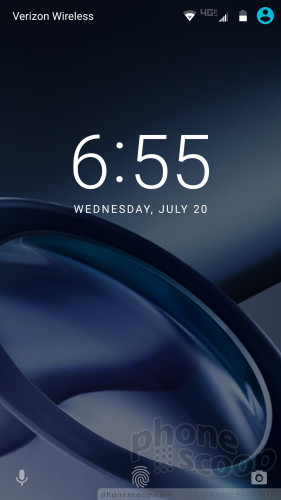
Notifications and other lock screen behaviors are now managed from a single spot, the Moto App. Moto Display can wake the screen regularly with a list of the current notifications, or show important notifications on the lock screen as they arrive, or leave the screen entirely dark. It's up to you. Double tap the screen or wave your hand over the phone any time to see the time and notifications in list form.
If you press the screen lock button, the display wakes fully to show the clock, wallpaper, and notifications listed below the clock. There are also shortcuts to the phone and camera on this screen.
As far as security goes, both the Moto Z and Z Force include the trusty PIN, pattern, and password options, as well as a fingerprint reader.
I found the reader of our Moto Z to be incredibly unreliable. Even after testing several different fingerprints, I estimate first-time accuracy to be about 10%. It often didn't recognize recorded fingerprints at all. The Z Force performed more normally. Motorola believes our Z review unit may have a faulty reader. Since our Z Force worked fine, that may well be the case.
Home Screens
I was worried to death that Verizon and Motorola would over-do the software skin on the Droid Editions, but those fears were unfounded. They ship with Android 6 Marshmallow. The device has two home screen panels active out of the box. Moto Z owners can customize the typical stuff, such as wallpapers, widgets, and so on.
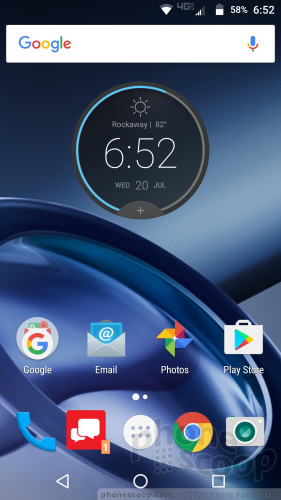
The home screen behaves as expected for an Android Marshmallow phone. Similarly, the app drawer, notification shade, and settings screens are all standard Android, and work accordingly. There are no themes or other fancy interface tricks on board.
Motorola did not stick the Google Now launcher on the Z as it did with the Moto G series phones, nor is there any other sort of alternate home screen experience (such as Easy Mode).
As for performance, the Moto Zs use a 2.2 GHz Snapdragon 820 processor with 4 GB of RAM. This is the best setup available at the moment and it works well when it comes time to motivate the Z. The phone never felt slow or bogged down, and was able to capture and view VR content without missing a beat. It's a fast phone.
Camera
The Z and Z Force use the new Motorola camera app (first seen on the 4th-gen Moto G.) Gone is the odd old camera interface with a semicircular control strip; in its place you'll see a much simpler and more accessible set of tools.
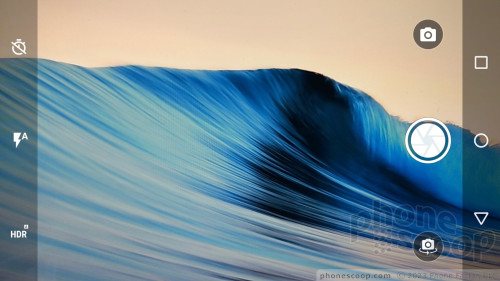
The Moto Z does not have a dedicated physical camera button, but there are several ways to open the camera: a twisting gesture, a double press of the screen lock button, or the lock screen shortcut. The double press of the lock button is the way to go as far as I'm concerned. It's the quickest and most reliable method for launching the camera.
The camera would seem to have hardly any features at all. There are three controls on the left side of the screen (timer, flash, HDR) and three on the right (mode, shutter, front camera). I like that both the flash and HDR tools can be set to on, off, or auto.
As for shooting modes, the Z offers auto, video, slo-mo, panorama, and manual. The manual mode lets you take full control over focus, ISO, shutter speed, brightness, and white balance. The controls line the top of the screen and are easy to adjust. It's a shame the shutter only lets you select speeds as slow as one-half of a second; that's hardly long enough to get creative. There's no 360 photo/video mode, which feels like an odd omission, nor is there any sort of GIF maker.
The default is always auto mode. Slide your finger up or down to zoom. Tap to focus and set exposure. Press the shutter button to take standard pictures, or press-and-hold to capture a burst. Swipe from the left side of the screen to access the settings.
The layout makes far more sense than the old camera app from Motorola. It's easy enough for novices to use effectively and flexible enough in manual mode to unleash at least some degree of creativity.
Photos/Video
Shared features between the camera hardware include apertures of f/1.8, optical image stabilization, laser-assisted focus, and pixels that measure 1.12 microns.
The standard Z has a 13-megapixel sensor and the Z Force has a 21-megapixel sensor. If you hold them side to side, the lens opening of the Z Force is noticeably bigger. The Z Force also adds phase-detection autofocus.
Both phones take pictures that range from good to very good. I was generally pleased with focus, exposure, and white balance. Low-light shots tended to have a bit of grain, but that was easily corrected with the two-tone flash.
The Z Force takes somewhat sharper images that you can blow up to bigger sizes, but this is offset some by the increased presence of grain. With more pixels, the Force offers more detail at full crop, but it's hardly a reason to buy the Force over the regular Z.
The selfie camera does all right, and includes a beautification mode to get rid of those imperfections. The selfie flash goes a long way to saving what might otherwise be unusable shots. The wide angle of view helps get more of the background in each shot.
The Z and Z Force both do well enough that you can use these phones for most of your photography needs.
Most people will be happy with the video they capture with the Z and Z Force. Both can capture up to 4K resolution, but as I often recommend, you can stick with the full HD setting most of the time. This represents the best balance between quality and file size.
Bloatware
The Moto Z Droid Edition and Moto Z Force Droid Edition are sold by Verizon Wireless, which means they are packed with lots of undeletable crap apps. As expected, Verizon-branded apps are the most numerous, with Caller ID, Cloud, Message+, my Verizon, NFL, Voicemail, VZ Navigator, and VZ Protect. Others include Amazon, Audible, Candy Crush, Cookie Jam, Farm Heroes, Juice Jam, and Slacker. Of these, only the games can be scrubbed entirely from the phone. The rest can be hidden and/or disabled, but not deleted.
The phones come with 32 GB of storage and support memory cards up to 2 TB. You shouldn't run into storage problems unless you start recording everything in 4K.


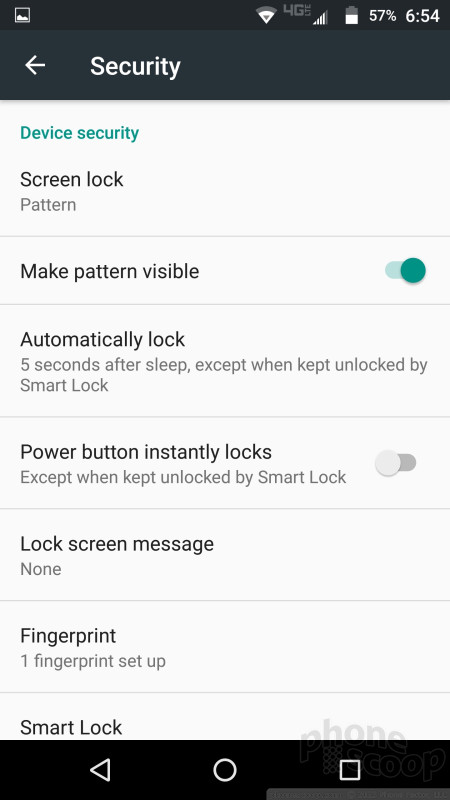





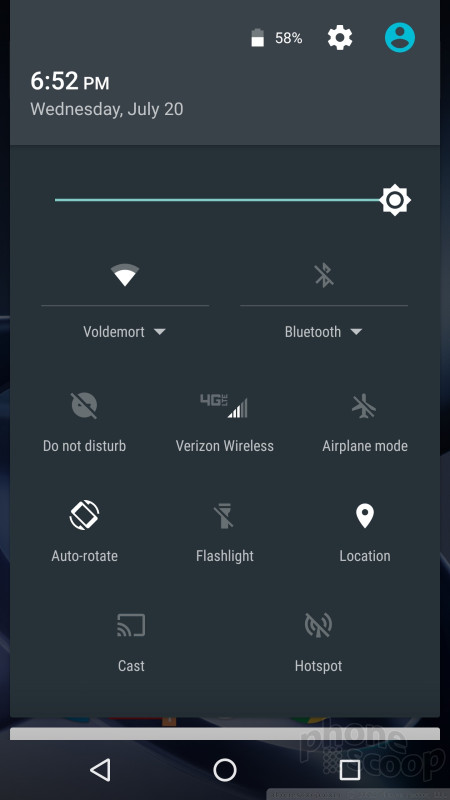






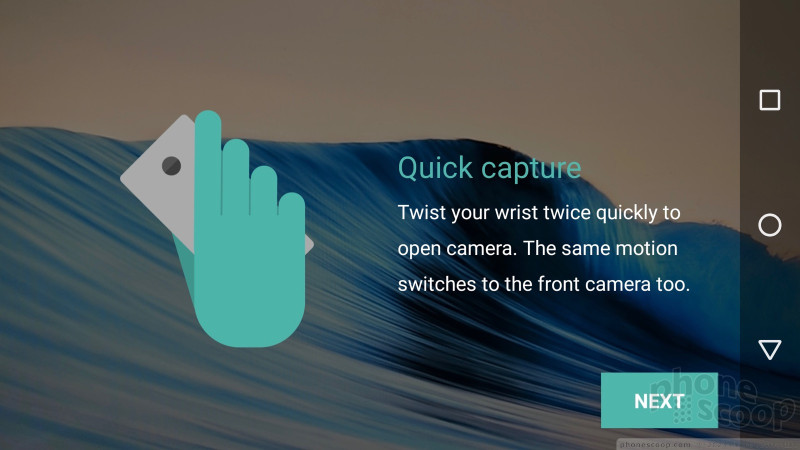























 Hands On With Moto Z Droid and Z Droid Force
Hands On With Moto Z Droid and Z Droid Force
 Motorola Debuts New Droid Zs with Swappable Back Modules
Motorola Debuts New Droid Zs with Swappable Back Modules
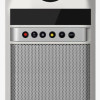 Motorola Announces Moto Mods Finalists
Motorola Announces Moto Mods Finalists
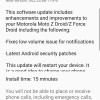 Verizon's Moto Z Droid Scores Security Update
Verizon's Moto Z Droid Scores Security Update
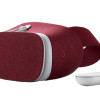 Google Improves the Selection of Daydream VR Apps
Google Improves the Selection of Daydream VR Apps
 Motorola Moto Z Droid
Motorola Moto Z Droid
 Motorola Moto Z Force Droid
Motorola Moto Z Force Droid





